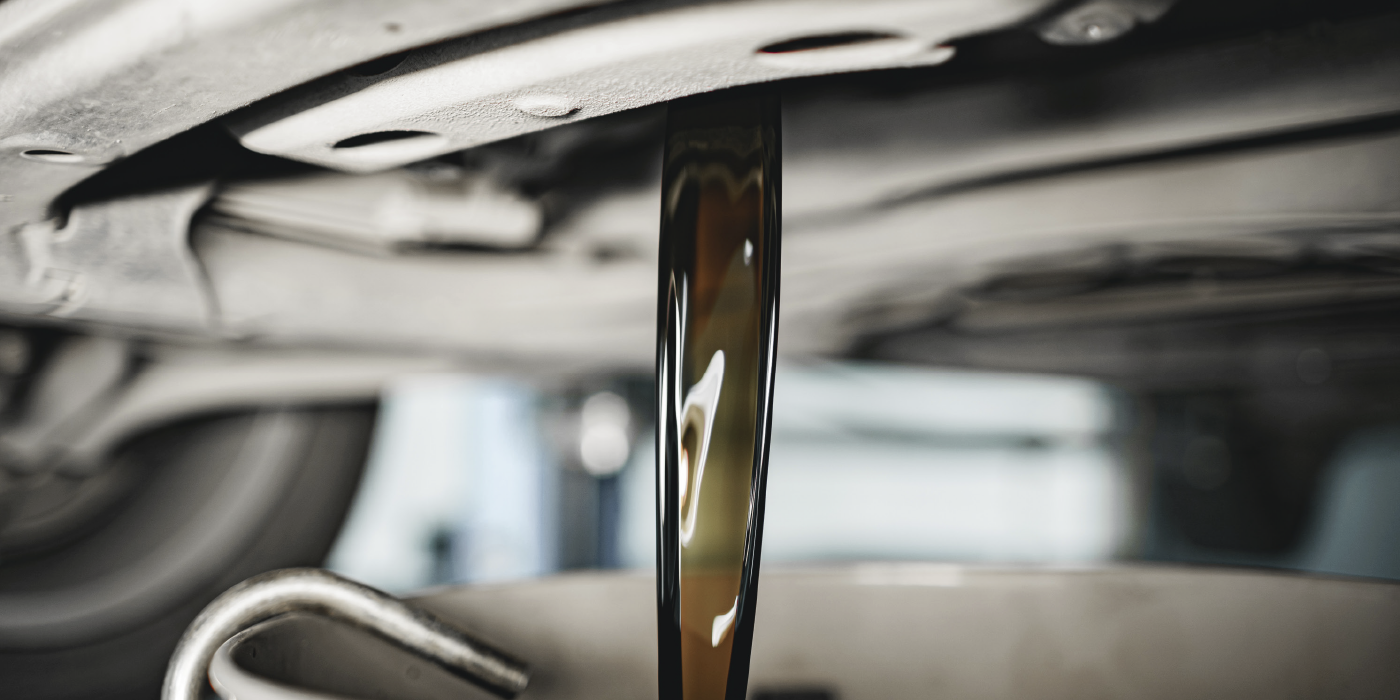MAHLE Clevite Inc. introduces its first online supplier portal, mahleclevitesupplier.com. The portal provides a centralized system for suppliers to manage orders and other account information more efficiently, which in turn allows MAHLE Clevite to better meet customer needs.
Using mahleclevitesupplier.com, suppliers have the ability to accept or decline purchase orders, enter shipping information with tracking, view performance metrics, change the lead time for a particular product as well as request early shipments to expedite the order process.
The supplier portal also improves communication and efficiency between purchasing department and suppliers. The portal generates automatic email notifications for all new purchase orders, weekly reports on upcoming shipments and on past due orders and parts. Additionally, purchase orders and reports can be viewed, saved and printed at all times and mass e-mails can be sent to all MAHLE Clevite suppliers.
“Overall, the new supplier portal helps reduce operating costs, improve inventory efficiencies and strengthen the supply base, so that we can provide better service to customers,” said Markela Skenderi, Information Technology (Applications Analyst), MAHLE Clevite Inc. “MAHLE Clevite customers will surely benefit as we continue to provide industry-leading delivery fill rates.”
To access the portal, visit mahleclevitesupplier.com. Once on the website, suppliers are required to sign-in with their assigned username and password. Suppliers needing a username and password should contact a MAHLE Clevite Administrator.
Understanding Coolants
All-season coolant used inorganic acid technology and worked great for almost 30 years.
In the 1960s, coolant was changed twice a year. In the fall, antifreeze with ethylene glycol-based coolant was put into the engine to prevent the coolant from freezing and cracking the block when a cold front hit. Often, if the engine got hot, the antifreeze would boil off. In the spring, the engine would be drained and filled with water and maybe a small can of an anti-corrosion treatment.
Ignition System Do’s and Don’ts
Why do ignition systems give technicians problems when diagnosing ignition-related misfires? The answer is that some technicians use tests that might give inconclusive results or do damage to the coil or drivers inside a module.

Tools To Service Serpentine Belts
Servicing the serpentine belt on some vehicles is a tough task.

Battery Charging and Diagnostics
Here are six tips to use when diagnosing a vehicle with a dead battery.

Why Do Timing Chains Stretch?
As the timing chain wears, it can change the timing of the camshaft and crankshaft.

Other Posts
Carbon Deposits and Direct Injection Engines
The primary cause of these problems is that fuel and added detergents are not hitting the back of the intake valves.

Acura Turbo Engine Service
It is important to check the operation of the solenoids that control vacuum to the actuators.

Subaru EJ25 Head Gasket Problems
Most of the EJ head gasket failures occur around the 100,000-mile mark and start as a slow oil or coolant leak.

New Oil Specifications
Many 0W16 oils have a new donut certification mark on the bottle called API SN-PLUS and SN-PLUS Resource Conserving.






